In Isaiah chapter 58, we find the following prophecy:
Those from among you shall build the old waste places; you shall raise up the foundations of many generations; and you shall be called the Repairer of the Breach, The Restorer of Streets to Dwell In (v. 12 NKJV).
The NIV translates ŌĆ£Repairer of the BreachŌĆØ as ŌĆ£Repairer of Broken Walls.ŌĆØ
But what is the wall that has been breached? And what is the breach that we are to repair?
This imagery is taken from ancient Jerusalem, whose wall that protected it and the temple at its center was broken down when Babylon attacked Israel, sacked the city, destroyed the temple, and took the people captive. Then, after 70 years of captivity, the prophets Ezra and Nehemiah led a remnant of Israelites back to Jerusalem to not only rebuild the temple but also to repair the wall that had been breached (broken down).
In 1 Corinthians 10:6, the Bible tells us that the stories of the Old Testament were recorded as examples to us. This means that the Bible record is more than just a historical account; it is a record of real historical people, events, and places, recorded under divine inspiration to teach eternal realities. The specific lives and events recorded in Scripture were included by the inspiration of God for the purpose of advancing the plan of salvationŌĆöthus, most of the historical events have object-lesson significance to teach GodŌĆÖs plan to save sinners.
For example, the ExodusŌĆöa real historical eventŌĆöalso serves as an object lesson of GodŌĆÖs plan to free sinners from the slavery of sin and take us to our heavenly promised land. There are many such examples throughout Scripture. We explore some of these in the following blogs:
- Joseph: A Foreshadow of Christ
- Samson: A Foreshadow of Christ
- Why did God tell Abraham to Kill Isaac?
- Elisha and the ShunamiteŌĆÖs SonŌĆöAn Object Lesson About Christ
- Three Rejections of God by Ancient Israel: An Object Lesson for Us
Of course, the Old TestamentŌĆÖs Sanctuary and Feast Days were simply an acted-out drama, theater, object lesson to teach eternal truths.
BabylonŌĆÖs Object Lesson
Likewise, the events of IsraelŌĆÖs captivity in Babylon, while historically true, also teach eternal realities:
- Babylon is symbolic of the world and its ungodly systems and sinful methods under which the people of God are held captive and are called to leave before Jesus comes (Revelation 18:2ŌĆō4).
- Jerusalem is symbolic of the city or people of God, of Zion, in which the righteous live and the temple of God is found.
- The temple is symbolic of GodŌĆÖs plan to heal and save people from sin; it is the place where sinners are restored to at-one-ment with God.
The historical events of Babylon breaking down the walls of Jerusalem, destroying the temple, and taking the people captive symbolize the corrupt systems of this world (SatanŌĆÖs kingdom with its methods, principles, practices, and laws) warring against the true people of God (the church) in an attempt to break down the protective wall that God has given to safeguard our hearts and minds and take the people captive, in heart and mind, to a false system of worship that is represented by Babylon. This is why the call goes out in Revelation 18 for GodŌĆÖs people to come out of Babylon; it is because GodŌĆÖs people are being held captive in this fallen and corrupt system.
This same truth is taught in a variety of ways in ScriptureŌĆöfor instance, the little horn of Daniel 7:21 and the beast of Revelation 13:7 warring against the saints and taking them captive describe the same events. (If you would like to know more about the beasts of Revelation read our magazine Unmasking the Beasts of Revelation 13 & 17).
The apostle Paul describes this same breach, the same taking captive of hearts and minds, in 2 Thessalonians 2:4, where he describes the man of lawlessness setting himself up in GodŌĆÖs temple and proclaiming himself to be God. Paul is describing the man of sin, the lawless one, breaching the walls of protection that God has placed around His people and entering GodŌĆÖs temple, setting himself up as the one worshiped instead of God.
Paul wrote this passage about 20 years after JesusŌĆÖ resurrection and ascension into heaven. Satan did not ride into heaven and set himself up there. And the temple in Jerusalem was destroyed shortly after Paul wrote this passage, so Satan did not set himself up in that temple. Therefore, Paul is not talking about either the temple in Jerusalem or the one in heaven; rather, he is talking about the Spirit temple where our Creator God is to be enthroned. It is by breaching the wall of protection God has given us that has enabled Satan to storm in and take captive the hearts and minds of people and enthrone himself as the god that billions worship today.
We see evidence of this throughout history in the people who claimed the name Christian (those who profess by that name that they are like Christ) but who went on crusades, burned people at the stake, and carried out the InquisitionŌĆöalong with many other un-Christlike activities (burning crosses in the yard of people of a different race for example). Indeed, it is only possible for people who claim to be Christian to do such grossly un-Christlike activities if the true Christ has been replaced in their hearts and minds with a false one.
IsaiahŌĆÖs prophecy, like so many other real historical events in the Bible, had both a historical fulfillmentŌĆöin this case, in the time of Ezra and NehemiahŌĆöbut also an end-time fulfillment, which is a call for the remnant, the people who are true to God, to leave Babylon and repair the breach in the protective wall that God has given to guard our hearts and minds against satanic assault.
The question for us today is: What is the protective wall, how was it breached, and how do we rebuild it?
The Breached Wall
Isaiah adds some details that give important clues to the nature of the wall that has been breached, the wall that protects our hearts and minds:
If you turn away your foot from the Sabbath, from doing your pleasure on My holy day, and call the Sabbath a delight, the holy day of the LORD honorable, and shall honor Him, not doing your own ways, nor finding your own pleasure, nor speaking your own words, then you shall delight yourself in the LORD; and I will cause you to ride on the high hills of the earth, and feed you with the heritage of Jacob your father. The mouth of the LORD has spoken (Isaiah 58:13,14 NKJV).
Isaiah identifies one of GodŌĆÖs commandments in connection with the repairing of the breach. This suggests that the wall of protection may be connected to GodŌĆÖs law. Jeremiah and the writer of Hebrews go further than Isaiah; they identify the entire law of God as pivotal to our restoration in the new covenant:
This is the covenant I will make with the house of Israel after that time, declares the LORD. I will put my laws in their minds and write them on their hearts. I will be their God, and they will be my people (Jeremiah 31:33; Hebrews 8:10 NIV84).
There were two covenants because there are two kinds of law in playŌĆöGodŌĆÖs design laws and the imposed laws that creatures make up. The old covenant was formed at Sinai when the Israelites chose a covenant of law and performance over a covenant of love and trust. In other words, the Israelites believed and practiced the idea that GodŌĆÖs law functions like human-imposed law, rules imposed that they were to obey, and if they didnŌĆÖt, then their sense of justice would demand that they be punished, but if they did obey, then they believed they would earn rewards. This is the covenant that Paul exposes as false in the books of Romans and GalatiansŌĆöthe legal, rules-oriented, works system of law-keeping rather than faith, rather than love and trust that comes from reconciliation with God and living in harmony with how He built life to operate.
The old covenant was based on the peopleŌĆÖs false belief that GodŌĆÖs law is imposed and that righteousness is to be found in their law-keeping, which earns either rewards or punishments meted out justly by a ŌĆ£just God.ŌĆØ But as can be seen in the Jeremiah and Hebrews texts above, while GodŌĆÖs new covenant is not legal it also has law involved, but in the new covenant, the people recognize and embrace the truth that GodŌĆÖs laws are design laws, the laws the Creator has built reality upon and not rules like humans make up. GodŌĆÖs laws must become the principles upon which hearts and minds operate, not merely rules to govern external behavior. Jeremiah makes clear how GodŌĆÖs laws function:
This is what the LORD says: ŌĆ£If I have not established my covenant with day and night and the fixed laws of heaven and earth, then I will reject the descendants of Jacob and David my servant and will not choose one of his sons to rule over the descendants of Abraham, Isaac and Jacob. For I will restore their fortunes and have compassion on themŌĆØ (Jeremiah 33:25, 26 NIV84, my emphasis).
GodŌĆÖs laws are ŌĆ£the fixed lawsŌĆØ that govern heaven and earth! GodŌĆÖs laws are the laws the Creator has built reality to operate upon, such as the laws of physics, health, and the moral laws. Created beings cannot speak reality into existence and, therefore, we make up rules that we call ŌĆ£laws,ŌĆØ but our rules require external enforcement through the infliction of punishment. This is how Satan, a created being, governs. Imposed laws with imposed punishments are how the kingdoms of this world functionŌĆöand Jesus said His kingdom is not of this world! (John 18:36). His kingdom does not function like human kingdoms; it is not built upon made-up rules that require the infliction of external punishments. Jesus is the Creator, His kingdom is reality itself, and His laws are the laws that govern and sustain reality.
The wall of GodŌĆÖs protection is the wall of reality, of design law, of the protocols He built reality to function upon. When we understand and appreciate GodŌĆÖs design laws, it always causes us to worship God as Creator and to understand that sin, breaking GodŌĆÖs design laws, is the cause of pain, suffering, and death, while God is the source of life, healing, and salvation (Romans 6:23; Galatians 6:8; James 1:15). But when we exchange GodŌĆÖs design laws for SatanŌĆÖs imposed-law system, then we exchange the truth of GodŌĆÖs character for SatanŌĆÖs and teach that God is the source of torture and death, which He inflicts upon the unrepentant as ŌĆ£justŌĆØ punishment for sin. Thus, the lawless one, the one who denies and replaces the design laws of God with made-up, imposed rules, sets himself up in GodŌĆÖs temple (human hearts and minds) proclaiming himself to be God.
The Wall Restored
Isaiah prophesied that before Christ returns, there will be a people who repair the breach. These people will recognize the design laws of God that Jesus spoke about when He said,
ŌĆ£Love the Lord your God with all your heart and with all your soul and with all your mind.ŌĆØ This is the first and greatest commandment. And the second is like it: ŌĆ£Love your neighbor as yourself.ŌĆØ All the Law and the Prophets hang on these two commandmentsŌĆØ (Matthew 22:37ŌĆō40 NIV84).
Just like the remnant of Israelites who left Babylon under the leadership of Nehemiah, this end-time remnant will leave the systems of imposed-law theology. (Remember, of all the nations that interacted with Israel in the Bible story arc, Babylon was the first to create an imposed legal codeŌĆöthe code of Hammurabi. Thus, Babylon rightly represents the kingdoms of this world and the theological constructs that teach that GodŌĆÖs kingdom functions like human kingdoms, with made-up rules and imposed punishments.)
The end-time remnant will reject this sinful human-law view of GodŌĆÖs kingdom and return to worshiping God as Creator, understanding that His laws are the protocols that reality itself functions upon.
But because the prophecy connects repairing the breach, the broken wall, with the Sabbath, some Christians, Seventh-day Adventists in particular, have concluded that this prophecy means returning to worship services on the Bible Sabbath instead of Sunday. But this prophecy is much broader than a weekly day of worship! It encompasses every aspect of living, for it calls us to delight in the SabbathŌĆönot merely keep it as a rule we must follow. This means that the prophecy is calling us to return to living in harmony with GodŌĆÖs design laws for life, of which the Bible Sabbath is symbolic, or a sign.
Consider the origins of sin. The angels who followed Satan into rebellion, into disobeying GodŌĆÖs law, did so before there was a weekly Sabbath. The sin problem did not originate over a Sabbath-versus-Sunday question, and it will not end over such a surface question. The sin problem will end over what these two days represent: They are signsŌĆöor pennants or marks or emblemsŌĆöof two types of law and, therefore, two types of government and, ultimately, two different gods.
The Sabbath was created as a day set apart by God; Sunday was not created by God as a day set apart from the other days, but it became a day set apart from the other days of the week through human legislation. Thus, the two days represent two types of lawŌĆödesign law and imposed law.
The deeper issue is not the actual day, but the law and government the days represent. One of the founders of the Adventist Church understood this difference, writing:
The prophet thus points out the ordinance which has been forsaken: ŌĆ£Thou shalt raise up the foundations of many generations; and thou shalt be called, The repairer of the breach, The restorer of paths to dwell in. If thou turn away thy foot from the Sabbath, from doing thy pleasure on My holy day; and call the Sabbath a delight, the holy of the Lord, honorable; and shalt honor Him, not doing thine own ways, nor finding thine own pleasure, nor speaking thine own words: then shalt thou delight thyself in the Lord.ŌĆØ ŌĆ” This prophecy also applies in our time. The breach was made in the law of God when the Sabbath was changed by the Roman power. But the time has come for that divine institution to be restored. The breach is to be repaired and the foundation of many generations to be raised up (The Great Controversy, p. 452, emphasis mine).
In the time of the end every divine institution is to be restored. The breach made in the law at the time the Sabbath was changed by man, is to be repaired. GodŌĆÖs remnant people, standing before the world as reformers, are to show that the law of God is the foundation of all enduring reform and that the Sabbath of the fourth commandment is to stand as a memorial of creation, a constant reminder of the power of God. In clear, distinct lines they are to present the necessity of obedience to all the precepts of the Decalogue. Constrained by the love of Christ, they are to co-operate with Him in building up the waste places. They are to be repairers of the breach, restorers of paths to dwell in (Prophets and Kings, p. 678, emphasis mine).
Notice here that the author did not write, ŌĆ£The breach was made by the change in the SabbathŌĆØ or that ŌĆ£the change of the Sabbath is the breach in the law,ŌĆØ but that the breach occurred ŌĆ£at the timeŌĆØ or ŌĆ£whenŌĆØ the Sabbath was changed by man. The breach in the law was not the changing of the Sabbath; the true breach in the law is the change in how we understand GodŌĆÖs law, from design law to imposed rulesŌĆöthe type of law that can be changed.
The changing of the Sabbath to Sunday is the evidence, the fruit, the result of the breach. It is the proof that the Christian world believes GodŌĆÖs law functions like human law, and, therefore, sin is rule breaking, and GodŌĆÖs justice is the use of His power to inflict punishment upon sinners, in which He becomes the source of pain, suffering, and death from which we need protection. In this way, Satan has successfully set himself up in GodŌĆÖs Spirit temple to be worshiped by billions. It is a sad fact that today, almost the entire Christian world, regardless of denomination, no longer recognizes that GodŌĆÖs laws are design laws.
Thus, the true repairers of the breach of IsaiahŌĆÖs prophecy will be those who teach the truth that GodŌĆÖs laws are design laws and not imposed rules. In so doing, we call people back to worship the Creator who made the heavens, earth, sea, and fountains of water (Revelation 14:7). We teach people reality and how to cooperate with God to actually become the righteousness of God (2 Corinthians 5:21).
And we recognize that even if we do value the Bible Sabbath yet continue to believe the lie that GodŌĆÖs law functions like human law, we have not repaired the breach; we have not left the Roman system of worship; we have not left Babylon; and we are still advancing the counterfeit to GodŌĆÖs kingdom, just as the Jews did two thousand years ago when they had the Bible Sabbath but the wrong law and the wrong god (John 8:44).
So, with design law, we understand that the Sabbath was made for man, not man for the Sabbath. We understand that it is GodŌĆÖs gift, promise, evidence, demonstration, revelation of His character and how His design-law government functionsŌĆöhow He governs. We understand that God does not use power to force His way; this is the truth of the SabbathŌĆÖs gift to us! For love exists only in an atmosphere of freedom, of which the Sabbath is a sign. God is the CreatorŌĆöHe has all power, and the danger with all power is that it can intimidate, it can cause fear, it can damage individuality, it can undermine love, it can shut down thinking, it can lead to mindless pawns and drones doing what the powerful sovereign says or elseŌĆöso God created the Sabbath, a revelation, demonstration, evidence that He does NOT govern by imposed law and enforced rules. For after six days of using His immense power to create, the Sabbath was set apart by God when He STOPPED using power, when He rested, when He created a time for His creatures to think and consider and come to their own conclusions without the threat of punishment being inflicted by Him.
Thus, the Sabbath is a memorial to God as Creator and His design laws that all reality is built uponŌĆöfor what God wants from His intelligent creatures is our love, trust, loyalty, devotion, and friendship, and that can never be achieved through human law, through the use of might and power; it cannot be achieved through intimidation, threats, and inflicted punishments. In fact, when people present God as the cosmic enforcer and punisher, they advance SatanŌĆÖs rebellion and undermine trust in God, negating the very purpose and function of the SabbathŌĆöa sign that God is holy and restores us to holiness when we trust Him! (Exodus 31:13; Ezekiel 20:12).
So I invite you to join me in repairing the breach in the wall by rejecting the lie that GodŌĆÖs laws function like human law, made-up, imposed rules and by embracing the truth that God is Creator and His laws are design laws upon which all reality is built to function. Reject the lie that God is the source of pain, suffering, and death inflicted upon sinners, and instead realize that it is sin, the breaking of GodŌĆÖs design laws for life, that brings forth death, recognizing that God is the source of lifeŌĆöthe One whom through Jesus restores His living law into our hearts and minds (Hebrews 8:10). I implore you to realize that Babylon, that system of imposed laws, with its made-up rules and punishing god, is fallen. Hear GodŌĆÖs call to His people to come out of that unjust, fear-inducing, fallen, and broken system and return to genuine Creator worship!
┬Ā
┬Ā

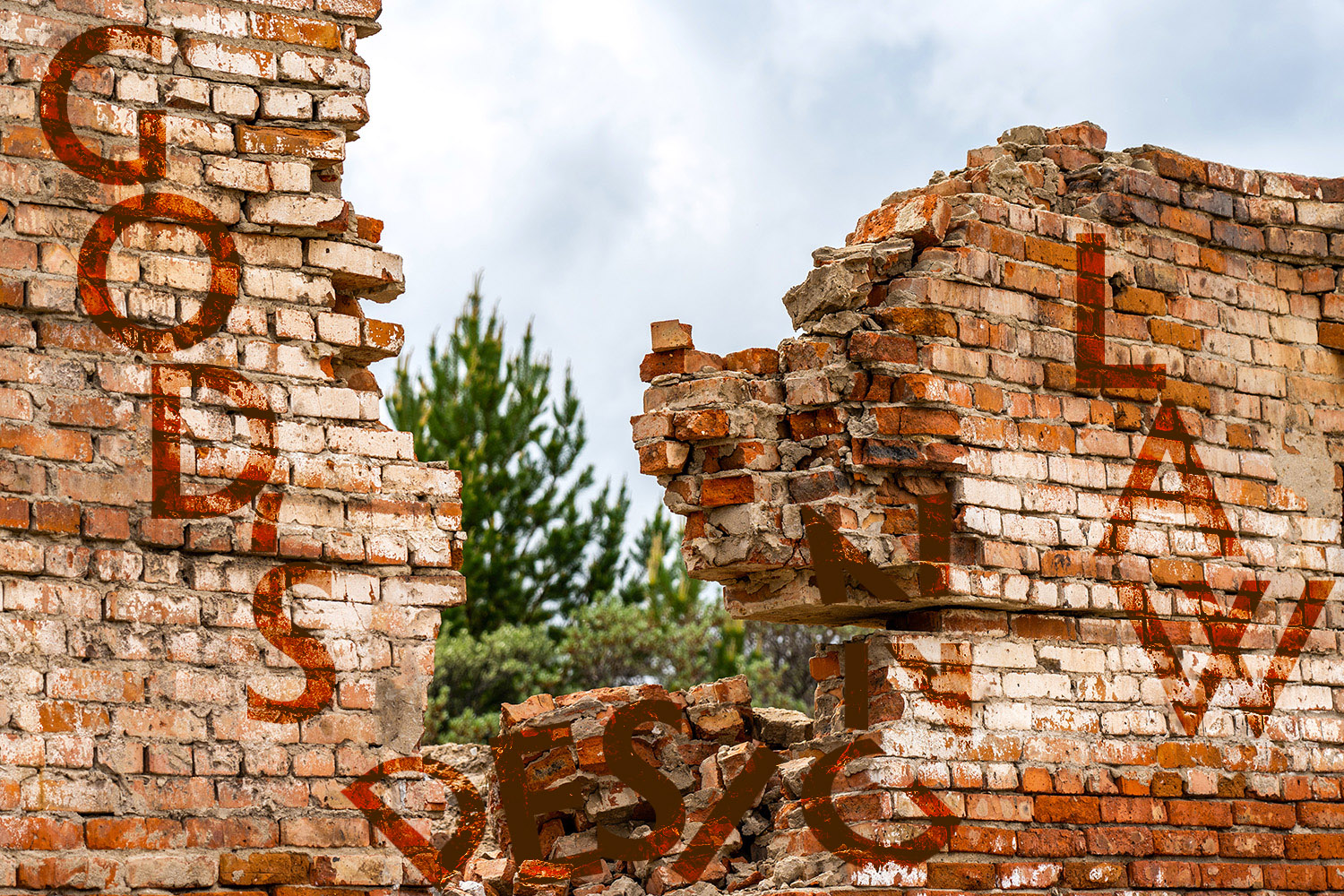


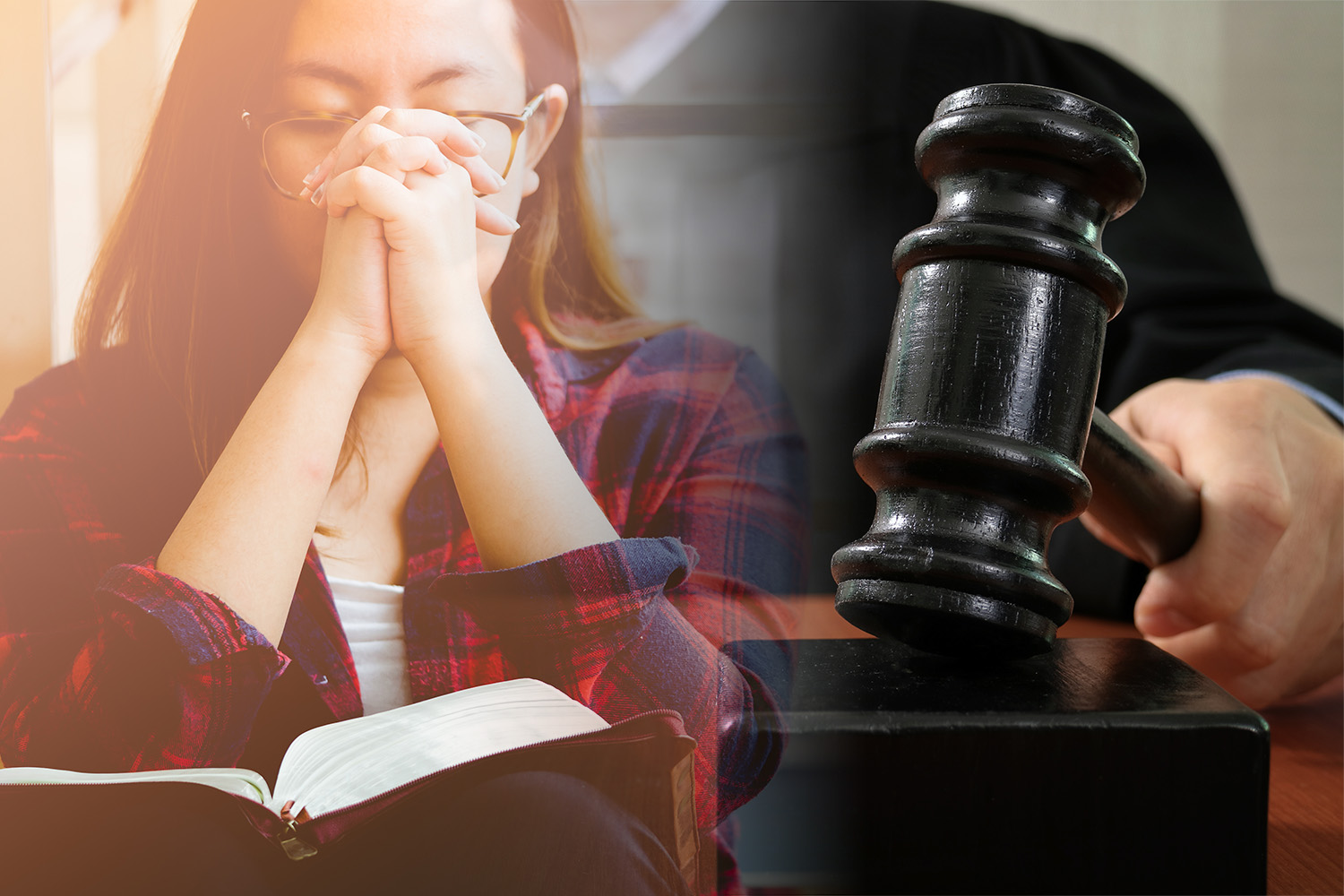



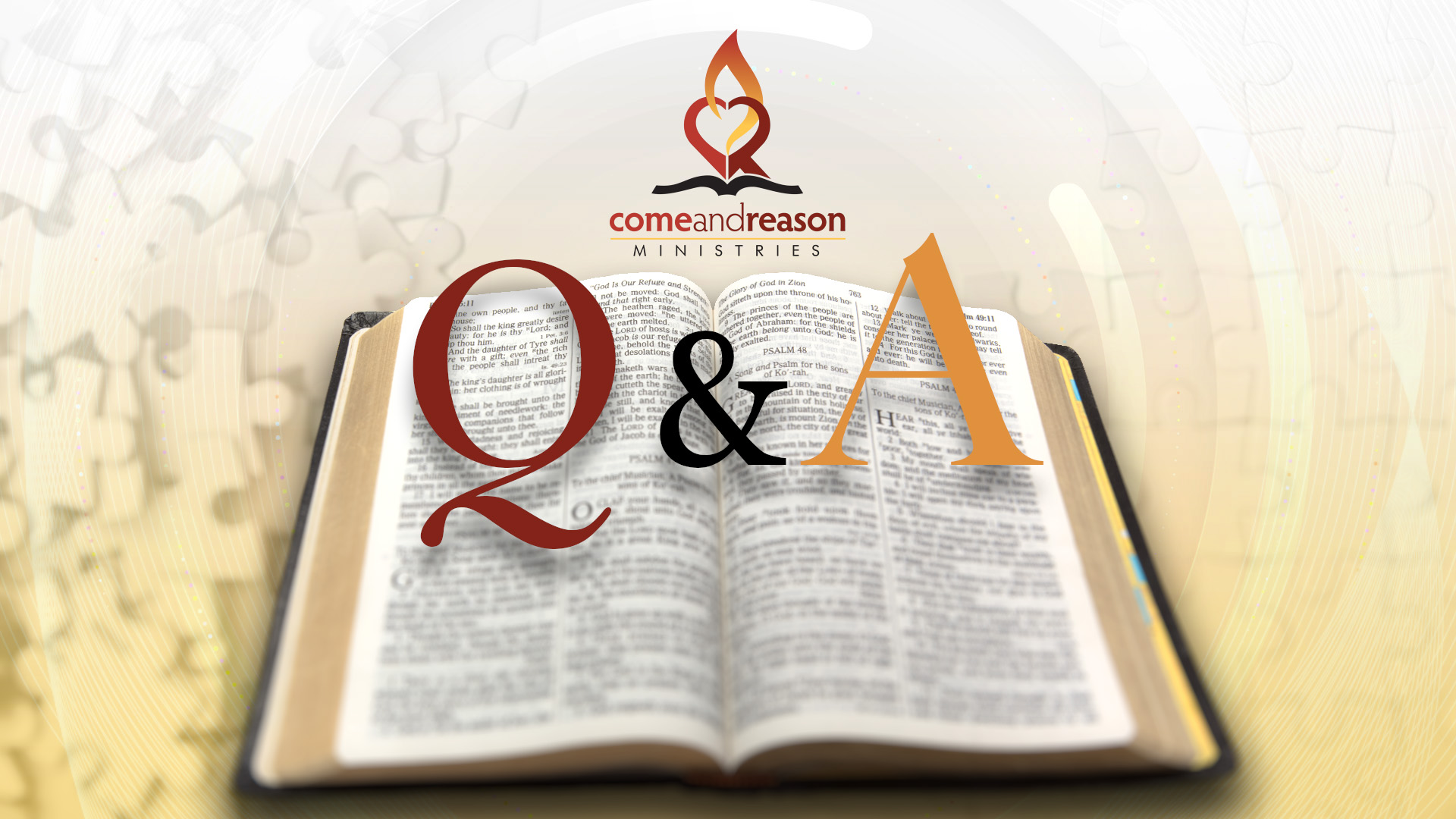
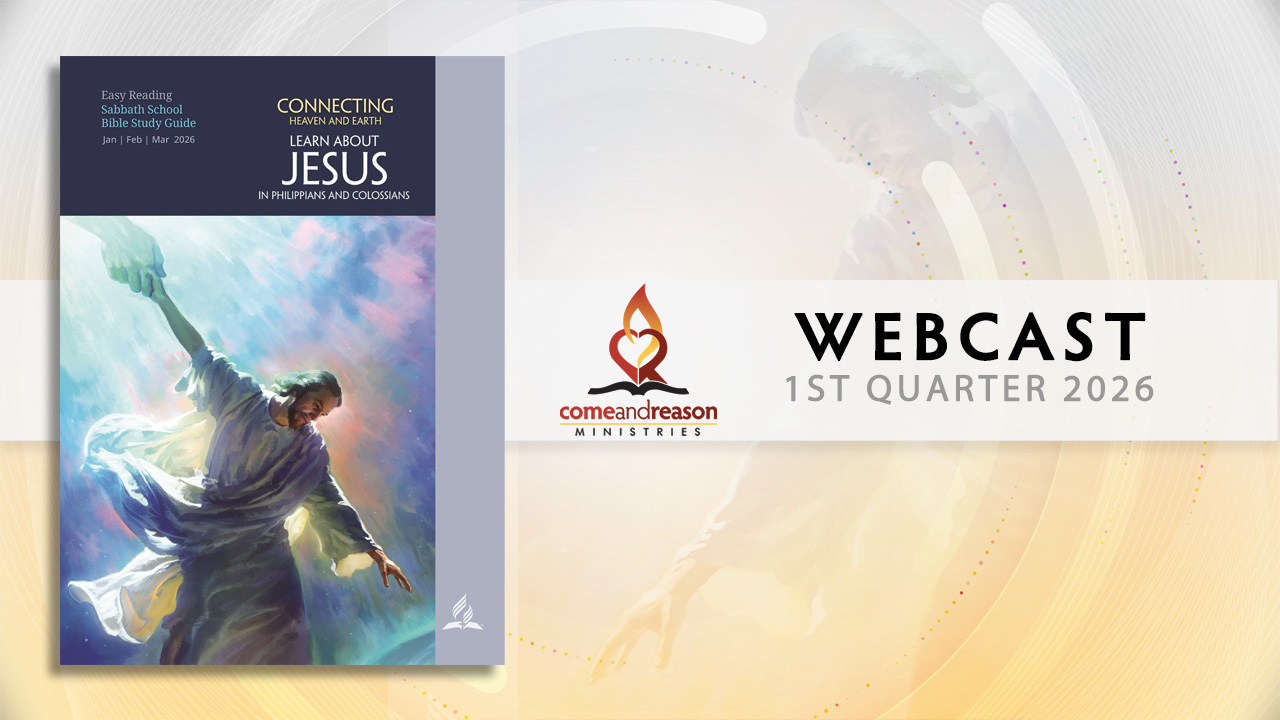

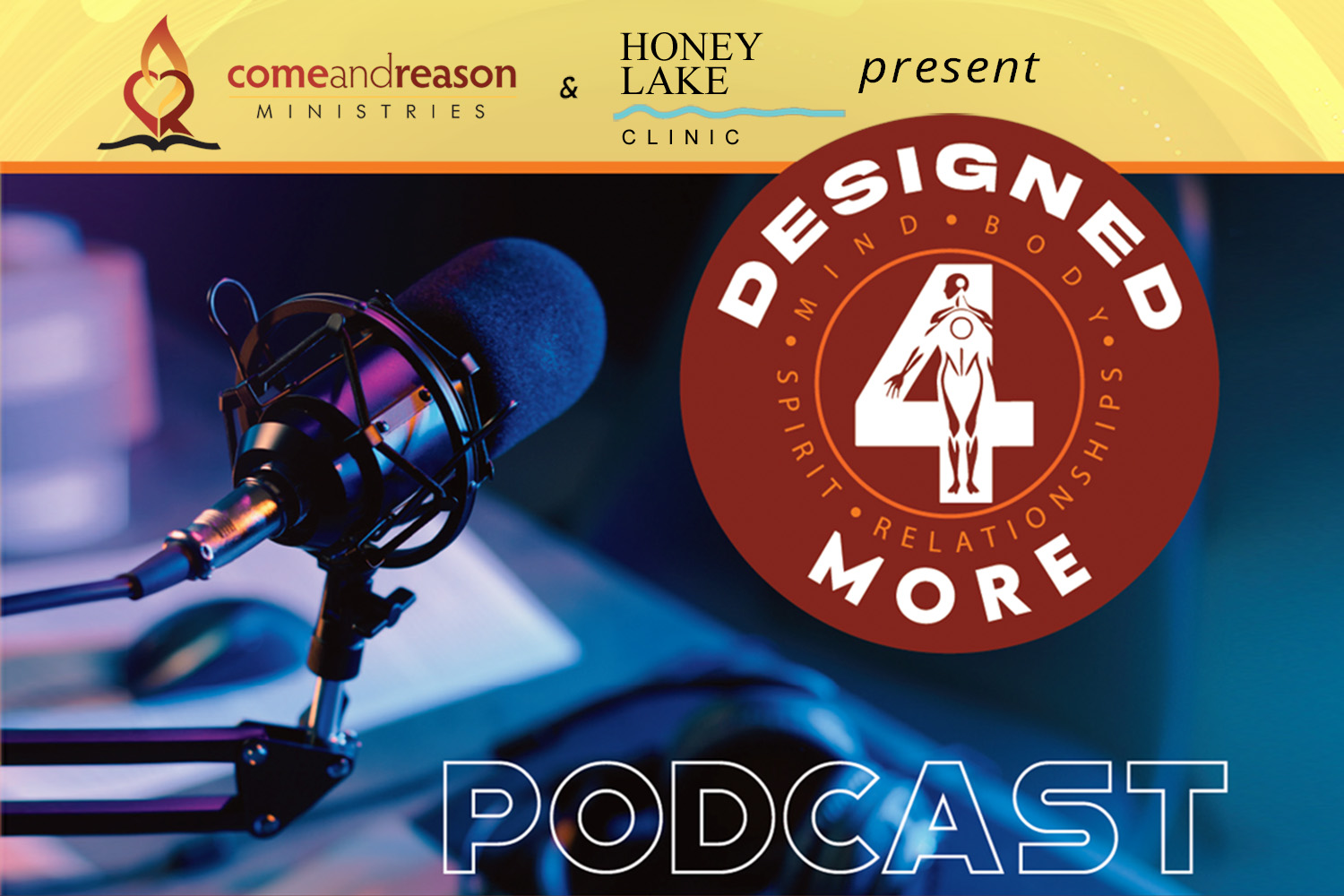
 using your credit or debit card (no PayPal account needed, unless you want to set up a monthly, recurring payment).
using your credit or debit card (no PayPal account needed, unless you want to set up a monthly, recurring payment). instead?
instead?